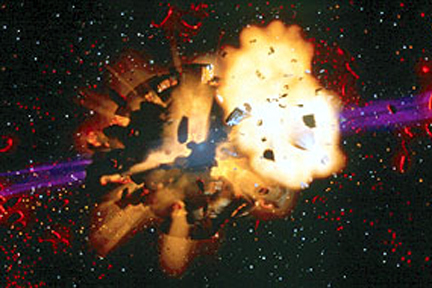The Whole Earth, which closed at the beginning of July, was the second big show of HKW’s Anthropocene series, a high concept programme situating the present conjuncture in the long history of the earth: the contemporary moment as the final domination of second nature over first. Scientist Paul Crutzen proposed the term ‘anthropocene’ to indicate a geological age of the human. HKW’s use of the concept exudes institutional confidence, fusing an invocation of contemporaneity, the long sweep of geological time, and the bonus that it excludes absolutely nothing. More problematically, the idea of the anthropocene, like much eco-discourse, is full of hidden fissures: there is, in reality, no unified humanity that confronts nature as one equally guilty and equally implicated global subject. The neutral scientific phrase ‘human behaviour’ stands in for the rapacity of capitalism, naturalising exploitation and ignoring how the causes and effects of ecological change are split along the faultlines of race, gender and class.
Diedrichsen and Franke’s show is a corrective intervention into this analysis free analysis, critiquing its implied Eden (the intact earth) via an anti-history of pop culture. The show’s premise is the famous NASA image of the globe released in 1968, the blue and white sphere from which Neil Armstrong and colleagues departed and towards which Baumgartner plummets, a telos – from corporate ascent to individual descent – that forms a similar arc to that described by the show’s main argument. The curators interrogate the ‘blue planet’ image as a false holism, an ideological insistence on an indivisible global mankind, and a narcissistic involution of perspective. Like Adam Curtis in his series All Watched Over By Machines of Loving Grace (excerpted in the show, which, like Curtis, draws extensively on Fred Turner’s book From Counterculture to Cyberculture), the curators pin some of the blame on Stewart Brand, the cybernicist hippie who campaigned for the image’s release and displayed it on the cover of his famous Whole Earth Catalog. This was a guide to ‘sustainable living’, including a mixture of instructions about farming, crafts and so on, and advertisements for the necessary equipment. Both the terminology and the ethos exemplified by the Catalog – ‘sustainability’, ‘innovation’ and ‘creativity’ – have been enthusiastically taken up by current forms of capitalism. The now familiar argument that California hippie culture was not co-opted by neoliberalism, but rather was neoliberalism’s crucible, is evident here, but Diedrichsen and Franke grapple with this ossified counterculture in great detail, exploring its ambiguities and gaps as well as marking its seamless transition into the corporate.
Read More | "The Shadow of Ikea-ification Falls on Us All" | Hannah Black | Mute
